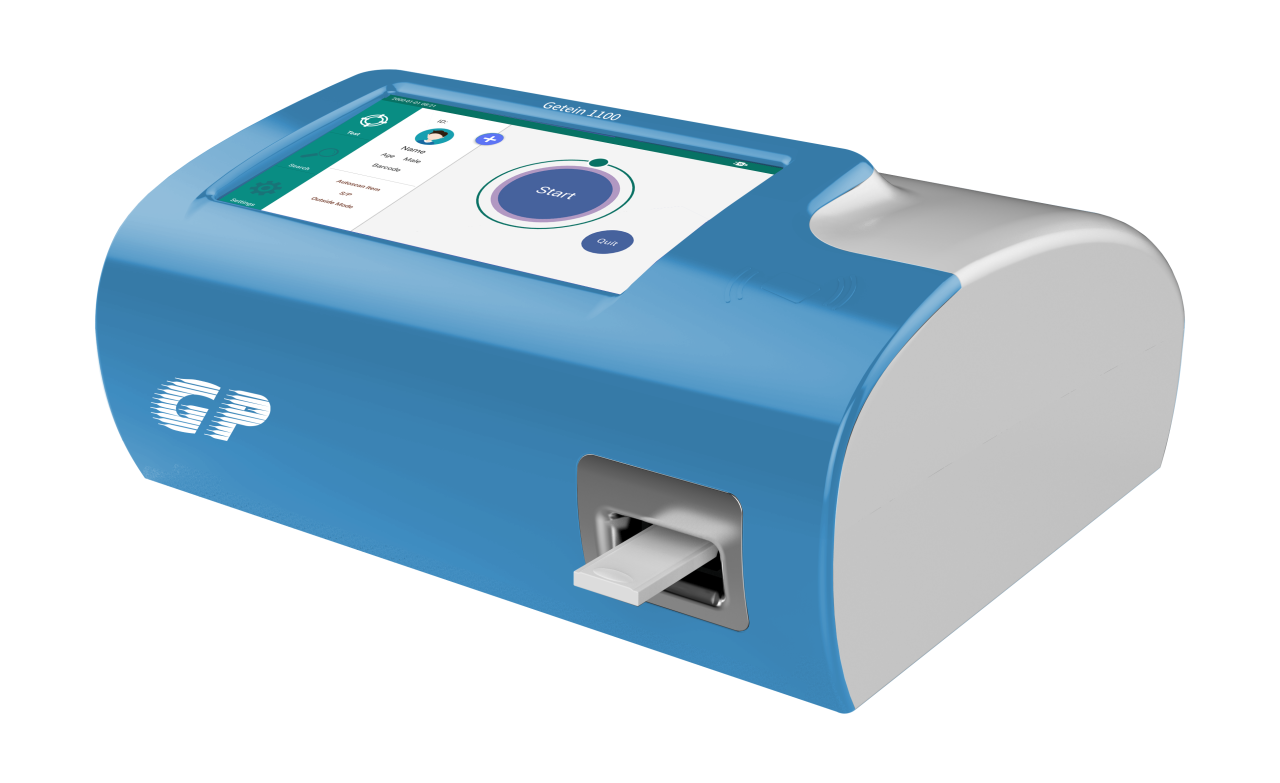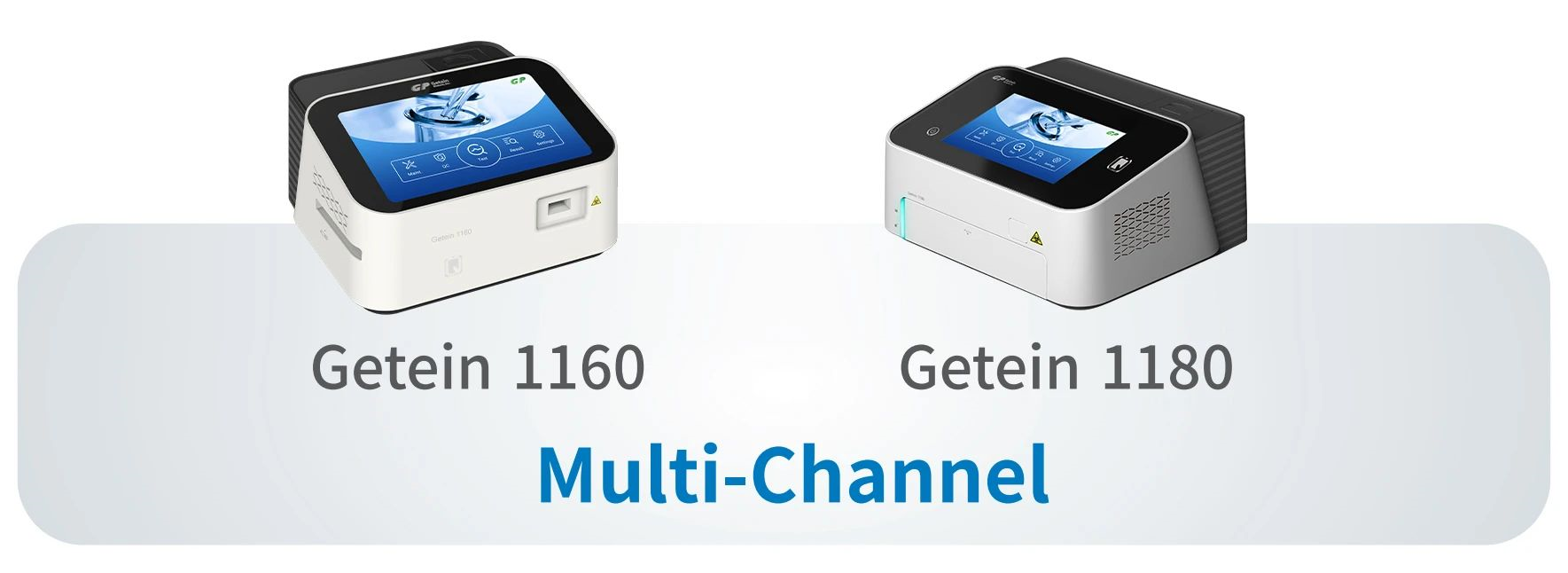February 2024
Things You May Want to Learn About Calprotectin
Inflammatory bowel disease and the current diagnostic dilemma
Calprotectin is:
o A heterodimer of calcium binding proteins (MRP8/14)
o Belongs to the S-100 protein family
o Released from Polymorphic nucleated cells and monocytes upon cellular activation (or death) at sites of active inflammation
o Can account for up to 60% of cytosolic protein in macrophages and neutrophil granulocytes
o Induces apoptosis
o Present in plasma and feces
o Resists enzymatic degradation
Advantages of Calprotectin Test in IBD

Measurement of fecal Calprotectin is considered a reliable indicator of inflammation and numerous studies show that while fecal Calprotectin concentrations are significantly elevated in patients with IBD, patients suffering from IBS do not have increased Calprotectin levels.
Fecal calprotectin has high sensitivity and modest specificity for the diagnosis of suspected pediatric IBD and levels correlate highly with endoscopic scores of inflammatory disease activity.[15] From a practical point of view, fecal calprotectin measurement is cheaper, faster, and more patient-friendly than standard endoscopic procedures.[16] In a study by Pous-Serrano et al., of patients who underwent small bowel resection for Crohn’s disease, preoperative fecal calprotectin values were significantly associated with the degree of histologic inflammation (Chiorean’s score) in lesions with IBD in the surgical specimen.[17] Therefore, it is valuable as a preoperative marker of transmural inflammatory damage in patients with IBD.
Getein's Calprotectin Products

Over the past few decades, several assays for the detection and measurement of fecal calprotectin including point-of-care methods have been introduced by various manufacturers[18.19] ELISA was once a common test, but because ELISA has many drawbacks, such as its time-consuming nature, long turnaround time, and the need for scientific expertise; the prompt (POC) test for fecal calprotectin has become popular in the clinical setting, and POC testing can serve as a reliable alternative to the time-consuming ELISA in the differential diagnosis of functional versus organic bowel disease. alternative to the time-consuming ELISA. In addition, it has been shown to appear reliable in the follow-up of IBD patients. This year, Getein launched the Calprotectin diagnostic kit based on fluorescent immuno-methodology, which provides results in less than 15 minutes. It is accurate, effective, easy to use and widely recognised by consumers around the world.


Reference
1. Gismera CS, Aladrén BS. Inflammatory bowel diseases: a disease (s) of modern times? Is incidence still increasing? World J Gastroenterol. 2008;14:5491–8.
2. Molodecky NA, Soon IS, Rabi DM, Ghali WA, Ferris M, Chernoff G, et al. Increasing incidence and prevalence of the inflammatory bowel diseases with time, based on systematic review. Gastroenterology. 2012;142:46–54. e42. quiz e30.
3. World Gastroenterology Organisation. Inflammatory Bowel Disease. WGO; 2015. [Accessed 18 September 2018]. World Gastroenterology Organisation Global Guidelines. http://www.worldgastroenterology.org/UserFiles/file/guidelines/inflammatory-bowel-disease-english-2015-update.pdf. [Google Scholar]
4. IBD Working Group of the European Society for Paediatric Gastroenterology, Hepatology and Nutrition. Inflammatory bowel disease in children and adolescents: recommendations for diagnosis–the Porto criteria. J Pediatr Gastroenterol Nutr. 2005;41:1–7.
5. Stange EF, Travis SP, Vermeire S, Beglinger C, Kupcinkas L, Geboes K, et al. European Crohn’s and Colitis Organisation. European evidence based consensus on the diagnosis and management of Crohn’s disease: definitions and diagnosis. Gut. 2006;55(Suppl 1):i1–15.
6. van Rheenen PF, Van de Vijver E, Fidler V. Faecal calprotectin for screening of patients with suspected inflammatory bowel disease: diagnostic meta-analysis. BMJ. 2010;341:c3369.
7. Menees SB, Powell C, Kurlander J, Goel A, Chey WD. A meta-analysis of the utility of C-reactive protein, erythrocyte sedimentation rate, fecal calprotectin, and fecal lactoferrin to exclude inflammatory bowel disease in adults with IBS. Am J Gastroenterol. 2015;110:444–54.
8. Bernstein CN, Fried M, Krabshuis JH, Cohen H, Eliakim R, Fedail S, et al. World Gastroenterology Organization Practice Guidelines for the diagnosis and management of IBD in 2010. Inflamm Bowel Dis. 2010;16:112–24.
9. Diamanti A, Panetta F, Basso MS, Forgione A, Colistro F, Bracci F, et al. Diagnostic work-up of inflammatory bowel disease in children: the role of calprotectin assay. Inflamm Bowel Dis. 2010;16:1926–30.
10. Dignass A, Eliakim R, Magro F, Maaser C, Chowers Y, Geboes K, et al. Second European evidence-based consensus on the diagnosis and management of ulcerative colitis part 1: definitions and diagnosis. J Crohns Colitis. 2012;6:965–90.
11. Van Assche G, Dignass A, Reinisch W, van der Woude CJ, Sturm A, De Vos M, et al. European Crohn’s and Colitis Organisation (ECCO) The second European evidence-based Consensus on the diagnosis and management of Crohn’s disease: Special situations. J Crohns Colitis. 2010;4:63–101.
12. von Roon AC, Karamountzos L, Purkayastha S, Reese GE, Darzi AW, Teare JP, et al. Diagnostic precision of fecal calprotectin for inflammatory bowel disease and colorectal malignancy. Am J Gastroenterol. 2007;102:803–13.
13. Moniuszko A, Głuszek S, Rydzewska G. Rapid fecal calprotectin test for prediction of mucosal inflammation in ulcerative colitis and Crohn disease: a prospective cohort study. Pol Arch Intern Med. 2017;127:312–8.
14. Henderson P, Anderson NH, Wilson DC. The diagnostic accuracy of fecal calprotectin during the investigation of suspected pediatric inflammatory bowel disease: a systematic review and meta-analysis. Am J Gastroenterol. 2014;109:637–45.

Open WeChat and Scan the QR Code. Stay Tuned with Us.